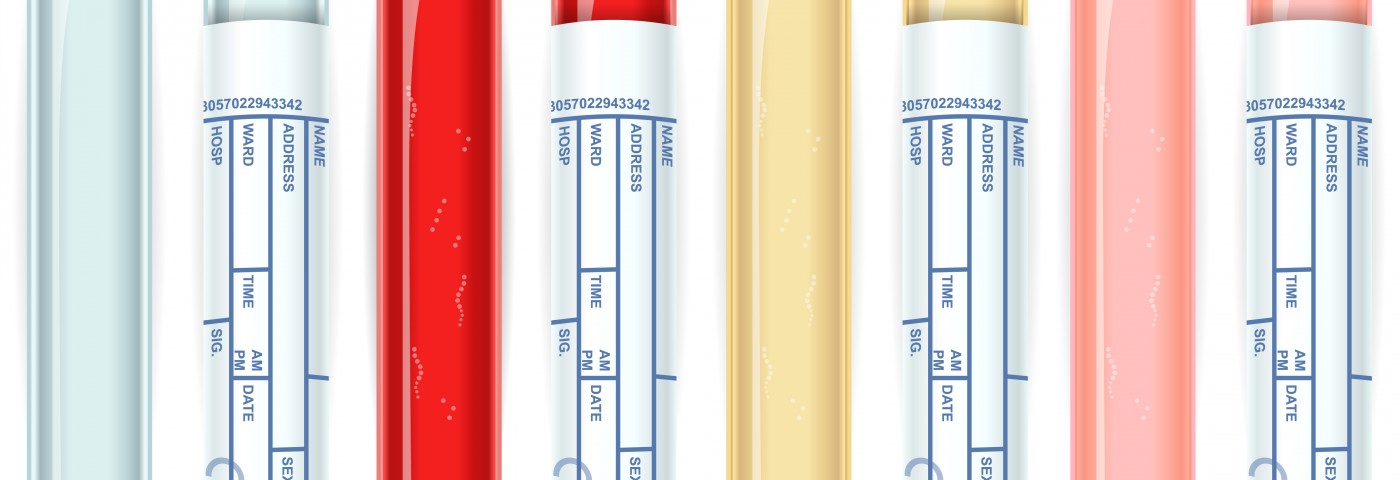Researchers at the European Knowledge Centre (EKC) and the National Cancer Institute, working collaboratively, showed that a higher amatuximab dose in malignant pleural mesothelioma (MPM) patients was associated with longer overall survival. The study suggested investigating if more frequent dosing might improve overall survival in this patient group.
Most MPM patients are diagnosed at an advanced disease stage, when surgery is no longer an option. Median survival is six months after diagnosis in those receiving only supportive care. Current standard treatment, a combination of the chemotherapy drugs pemetrexed and cisplatin, increases survival to 12 months.
Amatuximab is an antibody targeting mesothelin, a molecule expressed in numerous cancer types. Following reports that the drug had synergistic effects when combined with chemotherapy, a Phase 2 clinical trial of amatuximab in combination with pemetrexed and cisplatin in patients with unresectable MPM was performed. The trial found the combination was well-tolerated, and associated with a median progression-free survival of 6.1 months. Median overall survival also increased, and analysis of the data suggested that the combination might be particularly effective in a subset of patients.
The study, “Population pharmacokinetics and exposure–response relationship of amatuximab, an anti-mesothelin monoclonal antibody, in patients with malignant pleural mesothelioma and its application in dose selection,” analyzed pharmacokinetic data from all published clinical trials on amatuximab. Pharmakokinetics is the field exploring how a drug is processed in the body. The data included results from four Phase 1 and 2 studies on advanced cancers, pancreatic cancer, and MPM, as well as pharmacokinetic analyses from the recently published Phase 2 trial in MPM patients.
Researchers built a pharmakokinetic model using data from patients either on amatuximab monotherapy, or amatuximab in combination with chemotherapy. They analyzed the relationship between exposure and response by measuring overall survival, progression-free survival, and safety. They also simulated alternative amatuximab dosing regimens using population pharmacokinetic data, and so-called parametric survival models.
The findings, published in the journal Cancer Chemotherapy and Pharmacology, showed that overall survival in the group of patients with a high amatuximab exposure was 583 days, an improvement over those with median or lower exposure, in which the overall survival was 375 days. The analysis did not find any relationship between higher exposure to amatuximab and adverse events.


